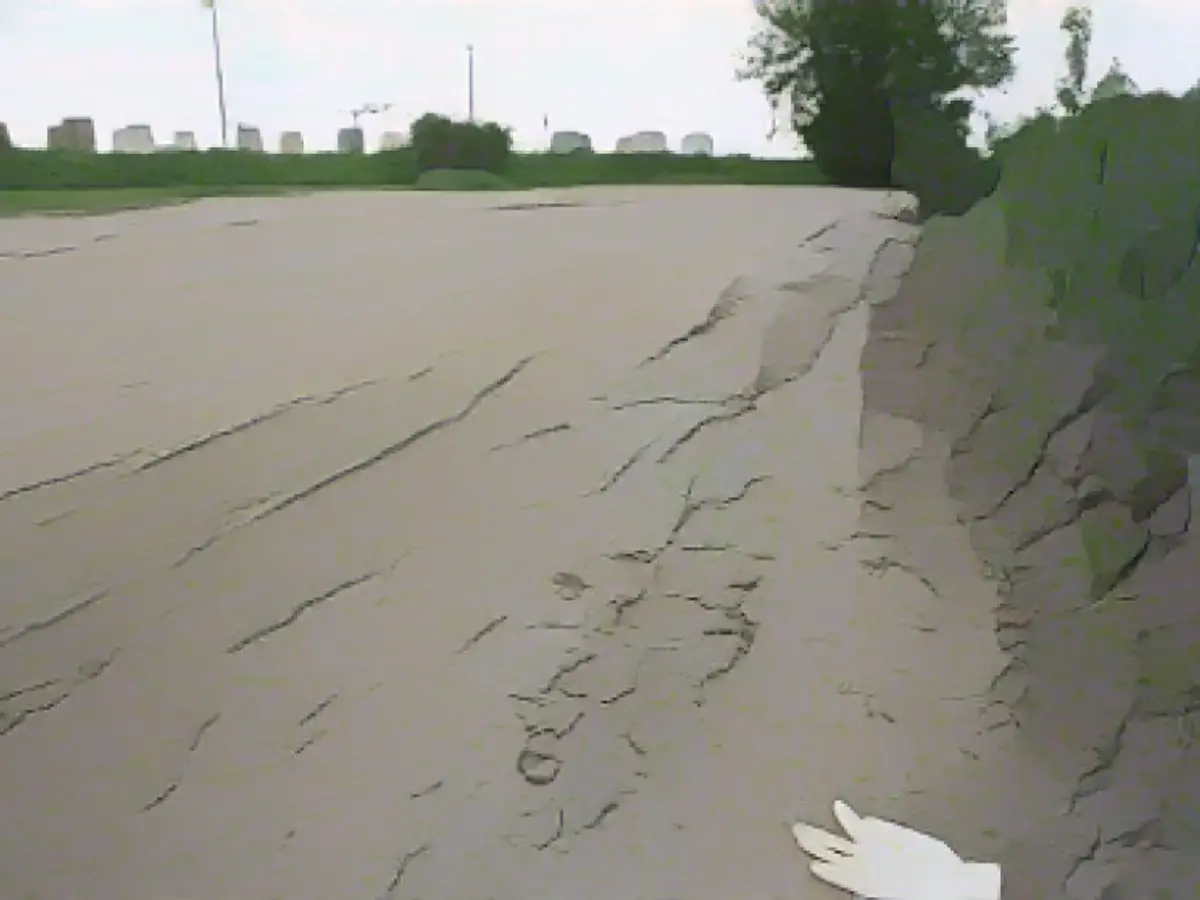Unraveling the Mystery of the Hamburg Couple's Tragic End
Hamburg/Warsaw (Poland) - Silke G. (62) and Peter H. (62) had ventured into the adventure of a lifetime, leaving their jobs behind to explore Europe in their motorhome. However, this journey was cruelly cut short in the Polish capital, Warsaw. The cheerful couple never made it beyond this city, as they fell victim to unknown murderers in May 2012.

The crime scene, a bustling city, played host to countless individuals. Authorities investigated approximately 7,000 people in the vicinity, inviting around 70 witnesses and potential suspects for interrogation. The investigation led to a lie detector test for individuals from a nearby drinking scene, as evidence pertinent to the victims, such as a camera and EC cards, had been found there. However, all leads drew a blank. The double murder file was officially declared closed in 2015, as the investigators remained unable to shed light on the tragic events.

Cloaked in mystery for over ten years, the unpleasant specter of the Hamburg couple's untimely demise seemed to haunt the investigators. However, the march of progress in forensic science has seemingly paved the way for new leads.

Modern techniques have been employed to reexamine traces found within the couple's camper, resulting in the discovery of DNA traces. These traces were matched to an individual (67) currently serving time in a Warsaw prison for other charges.

In this instance, advancements in forensic technology have rekindled a semblance of hope in the quest for justice for the Hamburg couple. These developments include:
- DNA Profiling: Technological advancements have made it possible to analyze DNA samples from crime scenes and compare them to DNA databases, potentially identifying suspects even years after the crime was committed[1].
- Digital Forensics: The use of digital forensics can help investigators analyze digital evidence such as emails, phone records, and social media activity, providing crucial leads in investigations[2].
- Advanced Surveillance: Modern surveillance systems, including CCTV cameras, facial recognition software, and closed-circuit television networks, can aid in identifying suspects and tracking their movements[2].
- Genetic Genealogy: This technique involves using DNA databases to identify relatives of suspects, which can then be used to narrow down the list of potential suspects[1].
It remains to be seen whether these techniques will lead to a breakthrough in the Silke G. and Peter H. case. For the time being, the Polish public prosecutor's office and the criminal investigation department in Warsaw have resumed the suspended investigation, armed with the preliminary results of the latest investigations.

- Ten years after the initial investigation, modern forensic techniques have reportedly yielded promising results in the Silke G. and Peter H. case.
- The Polish public prosecutor's office and the criminal investigation department in Warsaw have resumed the investigation, utilizing advancements in digital and genetic forensic technologies.
- DNA traces found in the couple's camper were allegedly matched to a man (67) in a Warsaw prison, sparking renewed interest in the case.
Source:
Enrichment Data:
The most recent developments in the Silke G. and Peter H. double murder case are not documented in the search results. The sources provided do not contain any fresh updates or information regarding this specific case.
However, modern advantages in forensic science and DNA analysis have greatly enhanced the capability to identify suspects in unsolved crimes. These advancements include DNA profiling, digital forensics, improved surveillance, and genetic genealogy, to name a few. These techniques can aid in investigations, even years after the crime occurred, providing researchers and investigators with powerful tools in their pursuit of justice.







